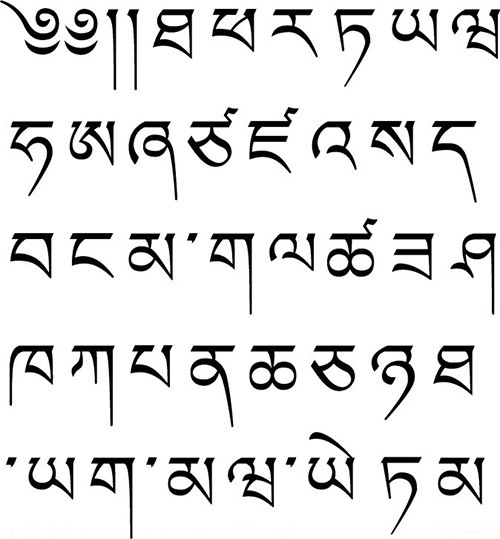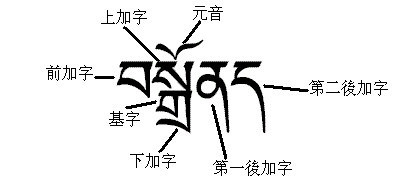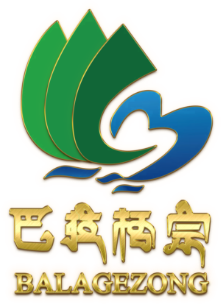Hello, welcome to the official website of Yunnan Shangri-La Balagezong Tourism Development Co., Ltd!

02
2015
-
12
Tibetan in Minority Languages
作者:
Tibetan is a language used by Tibetans in my country. It is mainly distributed in the Tibet Autonomous Region and parts of Qinghai, Sichuan, Gansu, and Yunnan provinces. It belongs to the Tibetan-Burmese branch of the Sino-Tibetan language family. Modern Tibetan has the following characteristics:
(1) The voiced consonants tend to be clear, and the voiced consonants retained in some areas are all derived from the voiced basic consonants in the consonants of ancient compound consonants;(2) The compound consonants Zhao Yu simplified and disappeared, and only retained the dicompound consonants with pre-consonants in some areas;(3) The number of unit phonies increases, especially nasal vowels;(4) Vowels have different lengths, and it has a complementary relationship with the tone (5) there are two types of true complex vowels and rhymes: nasal and non-nasal;(6) consonant endings tend to be simplified, resulting in the simplification of vowels with consonant endings;(7) there is a more complete and stable tone system, and the number of aids tends to increase;(8) The predicate is a post-expressive system (I. e., the grammatical meaning of the predicate is represented by the extremely after the predicate);(9) There are abundant contractive changes between the morphemes of the construction and the configuration;(10) The verb retains only simplified factorial changes, and it has lost its function of independently expressing grammatical meaning;(11) The verb has a rich category of body;(12) Judgment verbs and existential verbs have two lexical forms that represent different people;(13) Verbs have no name and orientation category;(14) Single extremely expresses negation (I. e., adding negative components before or after the negative word);(15) There are abundant auxiliary words, and there are often two forms of reduction and independence;(16) Adjectives and some derived nouns have word-building suffixes;(17) There is a difference between honorific and non-honorific.

According to the structure of the Tibetan language:
The main verb is vgro, the tense auxiliary word is rgyu, and the auxiliary verb is yiu. The combination of these three indicates that there is no line. This kind of verb, tense auxiliary word, auxiliary verb three combination sentence pattern, began to replace the inflectional verb form.

4. Single consonant endings are still very rich, only va endings begin to fall off. For example: shang, stag lung, tshal pa, dbos gtsang, kun dgav blo gros, etc. From the examples given above, most of the single consonant endings that Tibetan had in the first period still exist.
5. Today's popular Tibetan written language is formally stereotyped. Through the third "determination of the new language", the variant characters and pronunciation of the Tibetan language of the past dynasties were corrected, and the written language of the Tibetan language was formally finalized. Through this standardized written language, Tibetan monks, laymen and scholars have translated many great works in literature, history and philosophy, among which the most influential ones are Sakya Banzhida's "Sakya Aphorism" and "Introduction to the Wise.
最新动态
2022-08-23
The current outbreak, the responsibility is on the shoulder, Balagzon in action!
Since the outbreak of the epidemic in Tibet on August 7, 2022, a large number of tourists from Tibet to Yunnan have entered Shangri-La from National Highway 214. The People's Government of Diqing Prefecture has issued a series of relevant policies and measures and actively responded. Medical staff, police and other front-line personnel stick to the front line, have been involved in the "war of resistance" of the epidemic without gunpowder smoke, and jointly participate in dealing with a major public health security incident faced by mankind.



